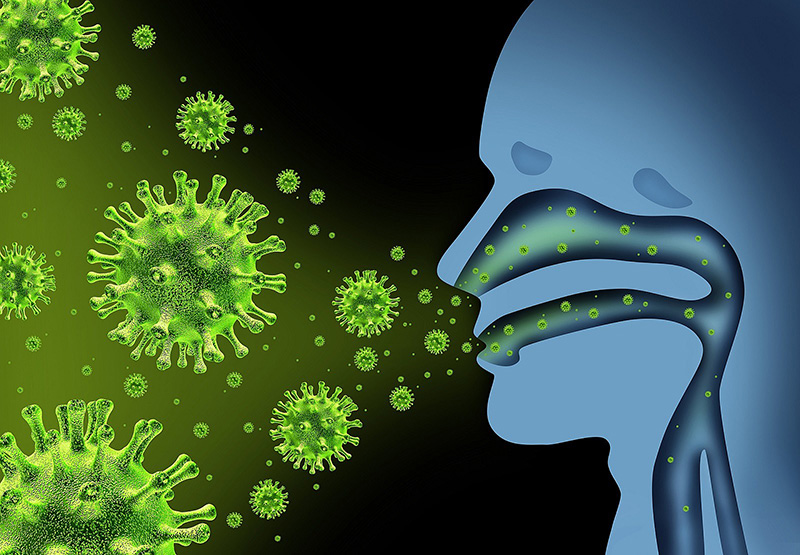It’s well-known that one of the primary ways coronavirus is spread is by breathing in respiratory droplets from infected people. A new study has shown that increasing indoor humidity levels can reduce the amount of time the coronavirus remains airborne, effectively reducing the potential for airborne transmission indoors.
The research comes from the Leibniz Institute for Tropospheric Research (TROPOS), which reviewed 10 international studies completed between 2007 and 2020, looked at the survival rate and frequency of viral infections, including coronaviruses and influenza, based on humidity levels in the air.
The researchers concluded that, “at higher humidity, the droplets grow faster, fall to the ground earlier and can be inhaled less by healthy people,” meaning that humidity was effective at reducing the time viruses remained airborne.
Low humidity can also lead to drier mucous membranes making your body more susceptible to infections from the cold or the flu.
Winter Humidity Levels
As the temperature outside begins to drop this winter, the air inside our homes will become much drier. When the heat is turned on the humidity level can drop to desert-like levels. The solution to low humidity levels in the home is a whole-home humidifier. By working in conjunction with your home’s HVAC system a humidifier will provide consistent, healthy humidity levels throughout your home.
If you have a while-home humidifier, what is the ideal humidity level to reduce viruses in the air while still maintaining comfort? A relative humidity level of 40-60 percent during the winter months is best for most homes. If you notice condensation on windows, the humidity level is likely set too high.
The Importance of Maintaining Healthy Humidity Levels in the Home
For those with asthma, allergies or upper respiratory conditions, it’s important to maintain healthy indoor air quality. In addition to reducing the time viruses remain in the air, humidity can also reduce airborne dust, pollen and pet dander. Increasing humidity will also reduce static shock, and can help prevent dry skin and itchy eyes.
In addition to health problems, low humidity can also harm your home. Wood furniture, floors and other natural materials are most susceptible to low humidity levels. If humidity levels fluctuate widely enough, wood can swell and shrink as moisture is absorbed and lost. Musical instruments, paintings and electronic equipment can also be harmed by dry conditions.
Have questions about maintaining healthy indoor air?


